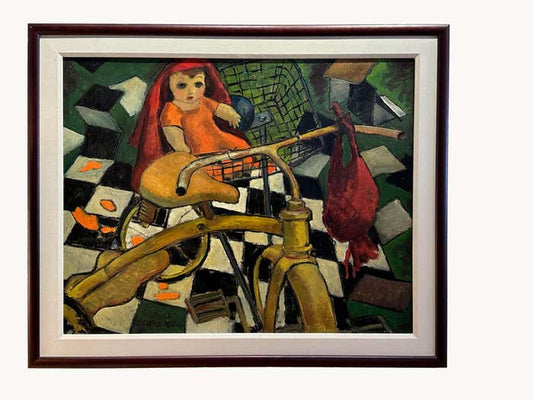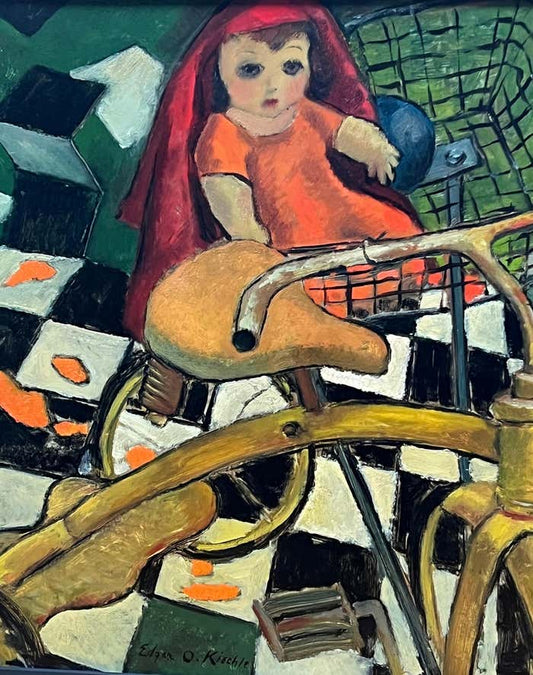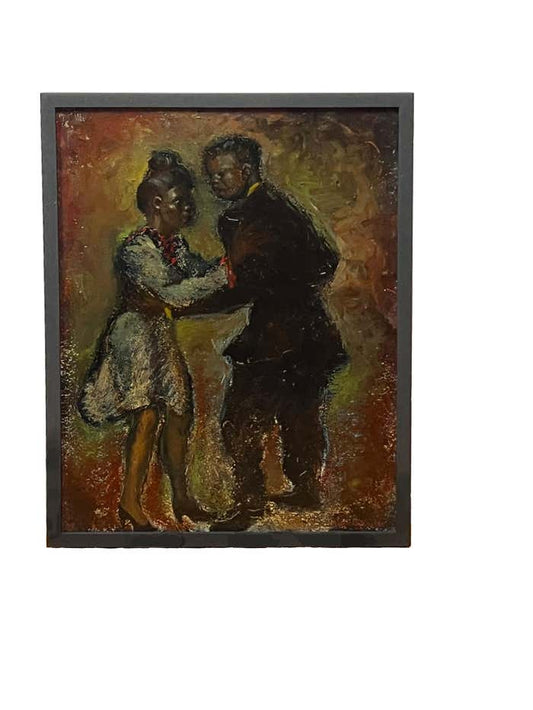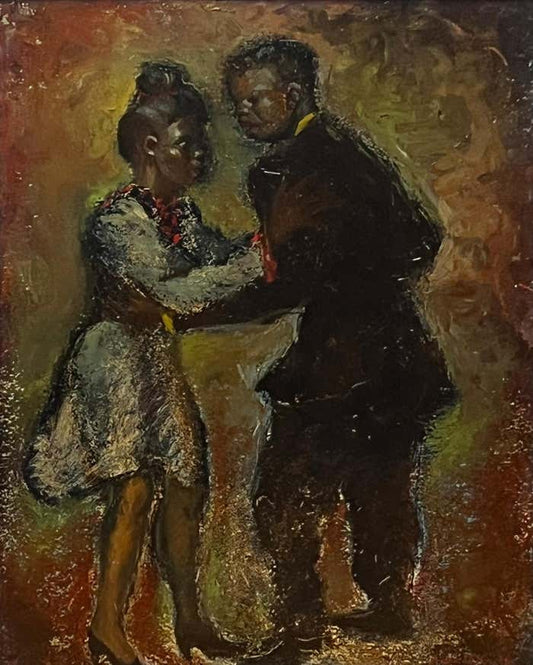-
" Tricycle and Doll" Oil on Canvas by Edgar Kiechle
Regular price $850.00 USDRegular priceUnit price per -
"Swinging Harmony" A Black Dancers" Couple by Edgar O'Kiechle - Oil Painting
Regular price $950.00 USDRegular priceUnit price per






